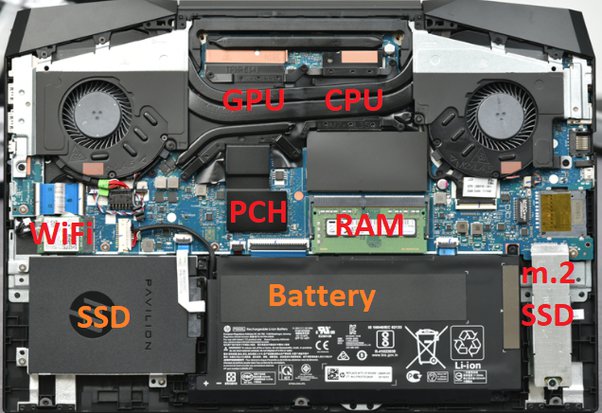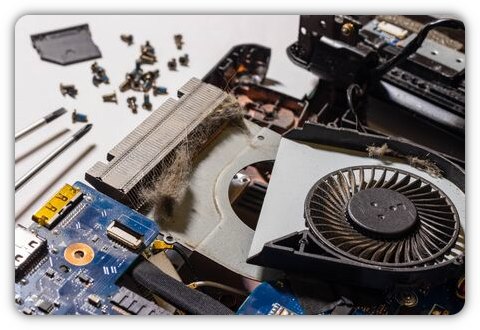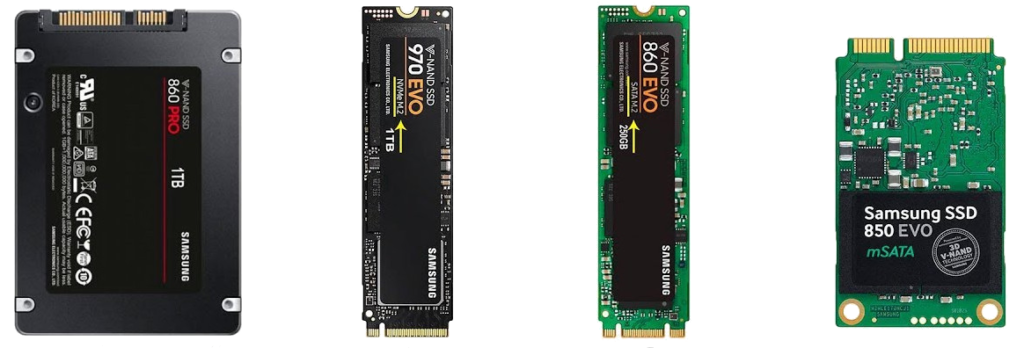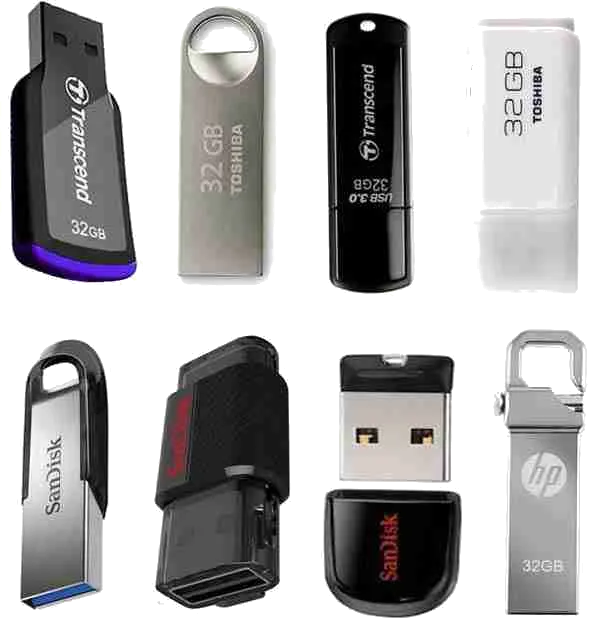
This image shows a typical layout of the inside of a laptop. Not every laptop will look exactly like this as they very slightly by manufacture but in general this is what a tech sees when they remove the cover.
This video shows what is actually happening inside the drive of hard disk drive that has gone bad and is displaying the “click of death”. While this video does not have the sound, it literally sounds like ticking or clicking. This hard drive will no longer read the platters so any data written to the drive is lost without the use of a clean room. Up-to-date backups are highly recommended as clean rooms are prohibitively expensive.

Lack of airflow can cause the system’s CPU/GPU1 to heat up and cause a lag in the system or even burn out the CPU. Since laptop CPUs can not be replaced or upgraded as they are integrated into the system board, the entire system board has to be replaced.

The 2.5″ SSD (Solid State Device) directly replaces the 2.5″ hard disk drive found in most older laptops. While they are both on a SATA port the SSD will be significantly faster since the drive is now direct access memory vs the need to spin up and locate the desired data. If the system board has an M.2 port it will support both SATA and NVMe devices. The NVMe will be faster and therefore the the preferred upgrade especially as the boot and programs/apps drive.
If the system has an M.2 port we recommend installing an NVMe in the M.2 port and upgrading the hard disk drive to a 2.5″ SSD. The size of the data drive/partition upgrade should be based on the amount of data on the current drive, at least twice the space of the current data2. Use the NVMe as the boot/programs/apps drive and use 2.5″ SSD as the data drive to protect the data from virus crashes of the Operating System drive. If the system does not have an M.2 port we recommend making a boot partition and a data partition on the 2.5″ SSD.
USB Drives

USB drives come in a variety of physical and storage sizes. We highly recommend using these drives to backup any mission critical data or irreplaceable pictures or drawings.
While we tend to use SanDisk or Transcend because of their easy replacement-on-failure policy, their failure is rare, any name brand should serve the purpose.
- CPU or Central Processing Unit
- GPU or Graphics Processing Unit, popular in gaming machines to increase fluidity of the game being played. A GPU generally has it’s own RAM which frees up system RAM.
- The data drive should consist of the following folders: Documents, Downloads, Pictures, Music and Videos.